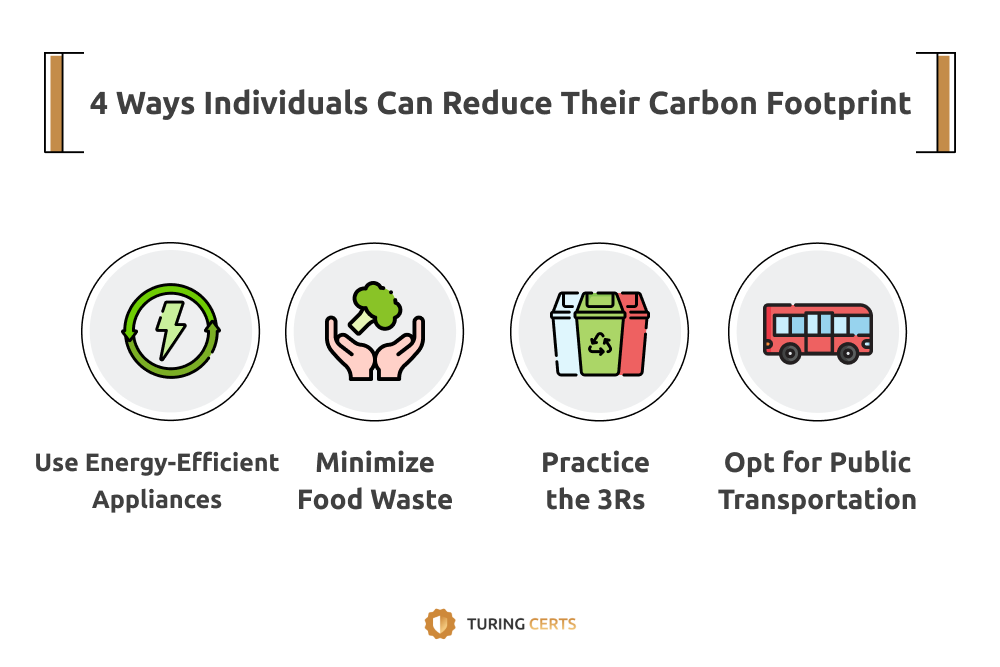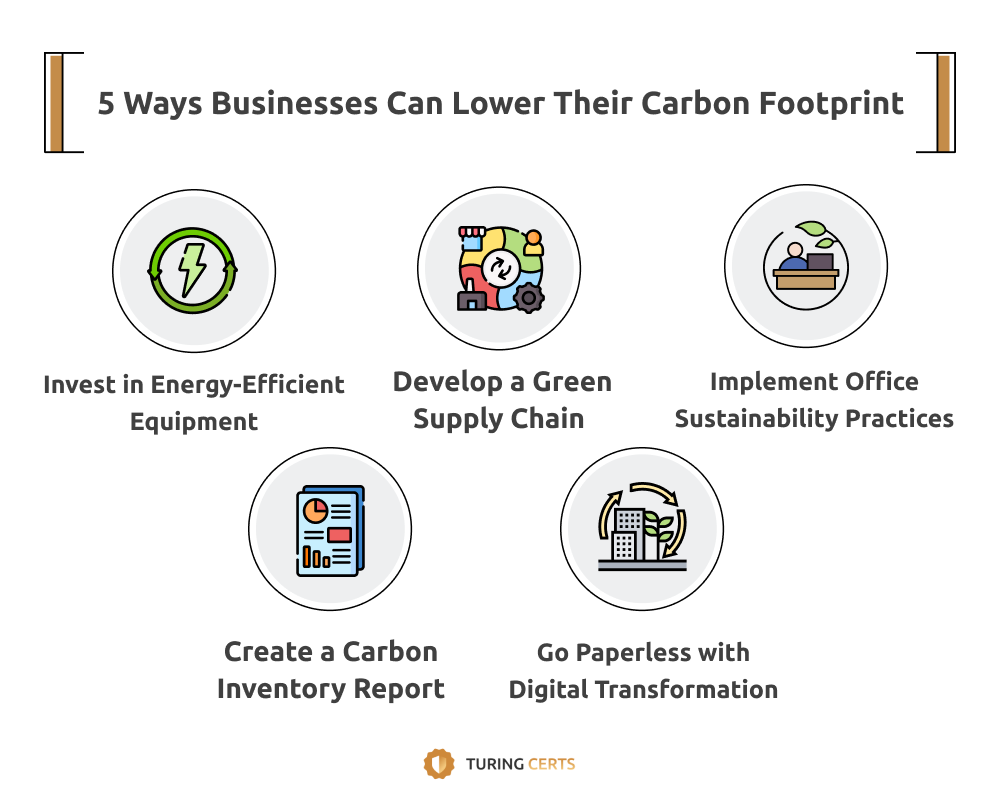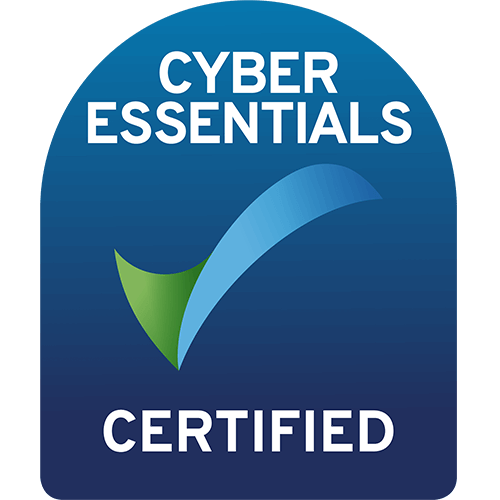What is a Carbon Footprint? How to Calculate, Reduce, and Optimize Your Environmental Impact
2024/6/30
What is a carbon footprint? Carbon footprint refers to the total amount of greenhouse gas (GHG) emissions during the life cycle of an activity or product. This article will begin by analyzing the formula for calculating a carbon footprint. Next, it will compare the differences between product carbon footprints and carbon reduction labels. Finally, it will share practical methods and paperless professional services for individuals and enterprises to reduce carbon footprint and implement the goals of energy conservation and carbon reduction!
Table of contents
I. Understanding Carbon Footprint and Why It Matters
II. How to Calculate a Carbon Footprint? Key Sources and Formulas
- A. Three Main Carbon Footprint Sources
- B. Understanding of 3 key terms
- C. Common methods for calculating carbon footprint
IV. How to Reduce the Carbon Footprint? Practical Strategies for Individuals and Businesses
- A. 4 Ways Individuals Can Reduce Their Carbon Footprint
- B. 5 Ways Businesses Can Lower Their Carbon Footprint
V. Turing Certs, the best solution to reduce carbon footprints!
I. Understanding Carbon Footprint and Why It Matters
A carbon footprint represents the total amount of greenhouse gas (GHG) emissions produced directly or indirectly by an individual, business, product, or event. Measured in carbon dioxide equivalent (CO₂e), the carbon footprint reflects the impact of human activities on climate change.
Rising GHG emissions contribute to global warming, extreme weather events, sea level rise, biodiversity loss, and ecosystem disruptions. To combat this, reducing carbon footprints is essential for sustainable development.
II. How to Calculate a Carbon Footprint? Key Sources and Formulas
A. Three Main Carbon Footprint Sources
The Greenhouse Gas Inventory Guidelines classify carbon footprints into three categories:
- Direct GHG Emissions
- Emissions from fuel combustion, vehicles, and industrial activities.
- Example: Driving a car, using natural gas for cooking, or refrigerant leaks.
- Indirect GHG Emissions
- Emissions from purchased electricity, heat, or steam used by companies or individuals.
- Example: Running air conditioners, refrigerators, and office equipment.
- Other Indirect Emissions
- Emissions linked to a supply chain, including product transportation, commuting, and waste disposal.
- Example: Carbon footprint from logistics, employee business travel, and raw material sourcing.
The following table shows an easy view of the carbon footprints produced by individuals, companies, and products, as well as the sources of the carbon footprints so that everyone can better understand the types of carbon footprints:
| Personal Carbon Footprint | Corporate Carbon Footprint | Product Carbon Footprint | |
| Direct GHG Emission | driving a car | Refuel the official car
Refrigerant filling | Burning petrochemical fuels in product manufacturing |
| Indirect GHG Emission | Turn on the air conditioner | Air conditioning in the company
Printer, computer electricity Lighting and electricity consumption | Product production requires the consumption of electricity or other energy |
| Other Indirect Emissions | Shopping consumption
Entertainment activities | Garbage and Waste Disposal
Employees commuting or traveling for work | The process by which the product is used
Product disposal or recycling |
B. Understanding of 3 key terms
a. Carbon Equivalent (CO2e) / Carbon Reduction Equivalent (CRE)
Carbon Equivalent (CO2e) is the basic unit for calculating carbon footprint. As there are many different types of greenhouse gases, and they all have different persistence times in the atmosphere and different effects on global warming, it would be easier to standardize the data of all types of greenhouse gases to “carbon dioxide” for comparison, statistics, and calculations.
If carbon equivalent is the unit used to calculate the increase in greenhouse gases, carbon reduction equivalent is the unit used to calculate the decrease in greenhouse gases, both of which use carbon equivalent (CO²e) as the basic unit.
Hypothetically, if a tree can absorb 20 kilograms of carbon dioxide, then we would say that the carbon reduction equivalent of planting a tree is 20 kilograms of CO²e.
b. Activity data
In carbon footprint calculations, activity data refers to the greenhouse gas emissions generated by people’s activities and each stage of products’ life cycles.
For example, calculating the carbon footprint of “buying a cup of coffee” might include the following activity data:
- Coffee bean quantity
- Water used
- Electricity used
- Distance traveled by raw materials and products
- Weight of waste
c. Emission Factor
The emission factor refers to the amount of GHG emissions corresponding to each unit of activity data, usually in carbon dioxide equivalent (CO²e).
For example, the Ministry of Environment, R.O.C. published a 112-year electricity carbon emission factor, the carbon emission per kilowatt hour of electricity consumption is 0.464 kg CO²e.
If you want to know the emission factor of greenhouse gas emissions in Taiwan during the preparation, production, or use of certain raw materials, you can go to the “Carbon Footprint Information Platform” and understand various carbon footprint emission factors.
C. Common methods for calculating carbon footprint
In Taiwan, the “Emission Factor Method” introduced earlier is usually used to calculate carbon footprint, mainly based on raw material or fuel activity data required to make the product, multiplied by a specific emission factor, you will get the greenhouse gas emissions, which is also the carbon footprint.
- Carbon footprint calculation formula: Activity Data × Emission Factor = Carbon Footprint
For example, the production process of producing 1 ton of steel bars uses 1,000 kilowatt-hours of electricity. As mentioned above, the carbon emission per kilowatt hour of electricity consumption is 0.464 kg CO²e. Then the carbon footprint of the production of 1 ton of steel bars can be calculated as follows:
- Carbon footprint = 1,000 kWh (activity data) × 0.464 kg CO²e (emission factor) = 464 kg CO²e
Should you wish to calculate your personal carbon footprint, since it is difficult to calculate how much GHG is emitted in the production, manufacturing, and transportation of each items or services, you can use the “Carbon Footprint Calculation Sheet” or “Carbon Footprint Calculator” to help each of us quickly calculate how much greenhouse gases are produced in our lives!
III. What Are Carbon Labels?
A. Types of Carbon Labels
a. Carbon Footprint Label
Displays the total carbon emissions generated by a product or service from production to end-use. And requires verification from an independent third party.
b. Carbon Reduction Label
The carbon footprint reduction label is based on the carbon footprint label, and the enterprises commit to reducing the carbon footprint of their products and services by at least 3% within five years. After the relevant information of actual carbon reduction data is attached and submitted to the Ministry of Environment for review, those who pass it will be issued permission to use carbon reduction labels.
Taiwan’s “Carbon Footprint Label” and “Carbon Footprint Reduction Label” are very similar in design, but there are still some slight differences, which can be seen from the following comparison:
| Carbon Footprint Label (Source: Carbon Footprint Information Platform) | Carbon Footprint Reduction Label (Source: Carbon Footprint Information Platform) |
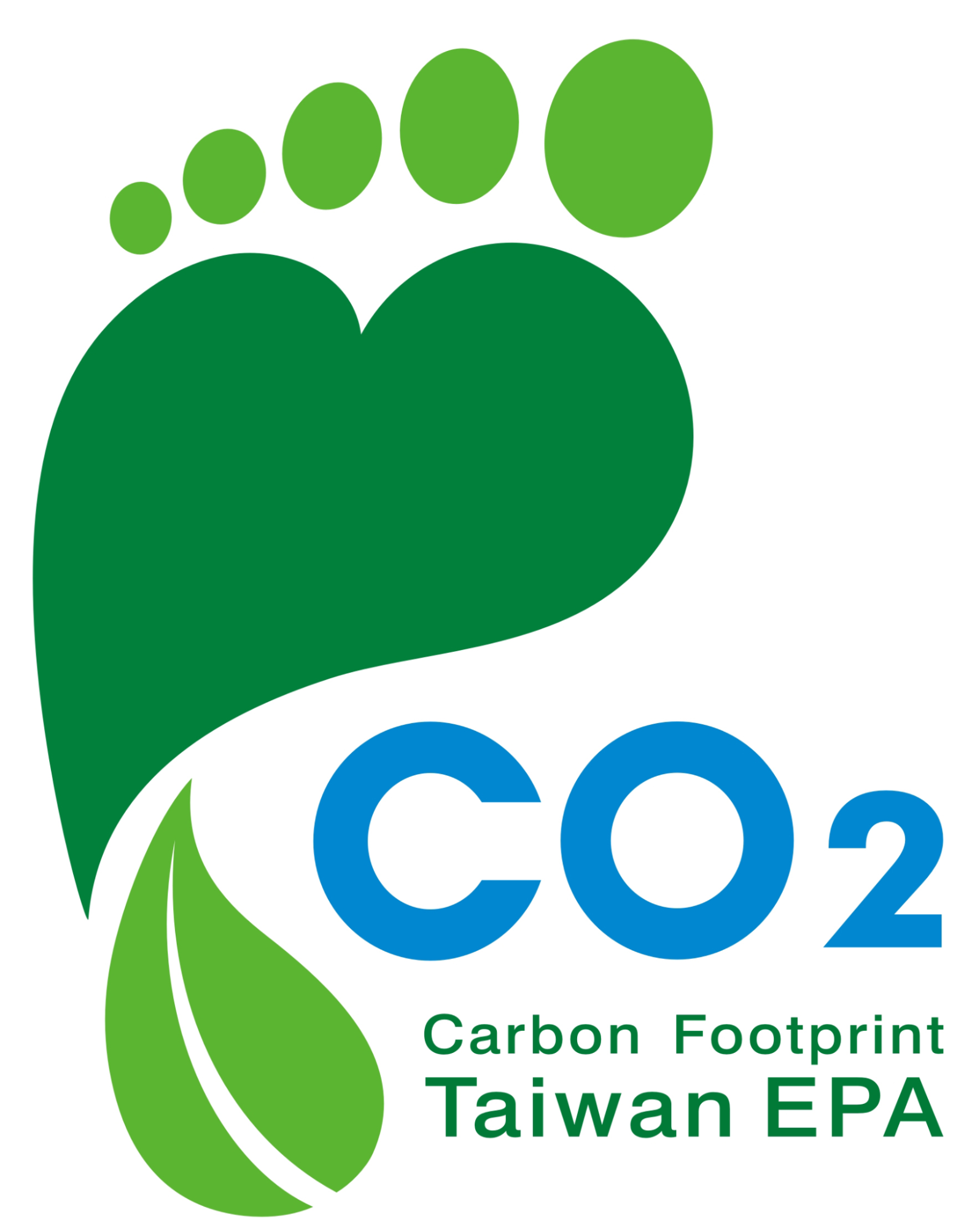
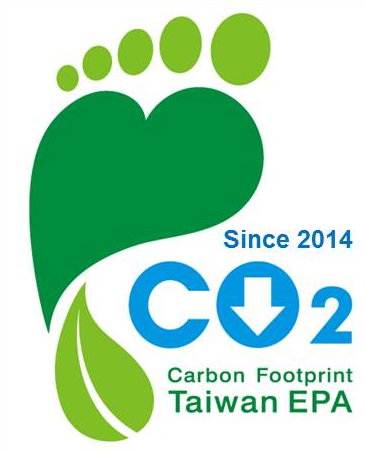
B. Benefits of Carbon Footprint Labels
a. For Consumers
Helps in choosing eco-friendly products that minimize environmental impact.
b. For Businesses
Enhances corporate social responsibility (CSR), government procurement advantages, and brand reputation.
IV. How to Reduce the Carbon Footprint? Practical Strategies for Individuals and Businesses
A. 4 Ways Individuals Can Reduce Their Carbon Footprint
a. Use Energy-Efficient Appliances
There are many high-energy-consumption household devices, such as stoves, air conditioners, refrigerators, etc. Choose those with the “Energy Efficiency Label”. These energy-efficient devices can reduce energy consumption and achieve the effect of lessening carbon emissions.
b. Minimize Food Waste
Food will bring a lot of GHG from the production and preparation of raw materials to transportation and cooking. According to the “2024 Food Waste Index Report“, in 2022, 1.05 billion tons of food will be wasted globally, and about 8 to 10% of global GHG emissions are due to food waste.
Therefore, if we can avoid food waste in our daily lives, try to buy seasonal or local ingredients, and minimize the large amounts of carbon emissions caused by transporting food over long distances, we can effectively reduce the carbon footprint of our personal lives.
c. Practice the 3Rs: Reduce, Reuse, and Recycle
Recycling waste and sending various recyclable materials to specialized facilities for processing and reusing can effectively decrease natural resource consumption and environmental pollution caused by trash incineration and landfills. This will also help to lower carbon emissions.
d. Opt for Public Transportation
Reduces carbon footprint by cutting down on fuel consumption per passenger.
B. 5 Ways Businesses Can Lower Their Carbon Footprint
a. Invest in Energy-Efficient Equipment
If various production equipment in the enterprise can purchase energy-efficient equipment, while the enterprise maintains stable production capacity, it can also lower energy consumption, effectively reduce carbon footprint, and also decrease production costs, achieving multiple benefits with one action!
b. Develop a Green Supply Chain
The majority of a corporation’s carbon footprint comes from the category of “indirect GHG emissions,” so it can choose to collaborate with suppliers that use renewable energy and have a lower carbon footprint, or seek improvements to reduce greenhouse gas emissions with current suppliers. This helps connect upstream and downstream manufacturers to reduce their carbon footprint and create a sustainable supply chain.
c. Implement Office Sustainability Practices
By installing LED bulbs, encouraging recycling of copier paper, turning off lights, recycling recyclables, and so on in the office, companies can reduce carbon emissions from every ordinary action or trivial little detail to achieve the aim of energy conservation and carbon reduction.
d. Create a Carbon Inventory Report
The carbon footprint report is also known as the “carbon inventory report”. Based on the “Action Plan for Sustainable Development of Publicly Listed Companies” proposed by the Taiwan Financial Supervisory Commission, Publicly Listed Companies are Mandated to Conduct Greenhouse Gas Emission Inventories and clearly list how much carbon emissions will be generated in all activities of producing products or providing services.
For enterprises, it requires extra time to record the carbon emissions of each process; however, regular carbon inventory can not only improve the public image of the enterprise, but also can analyze the cost through carbon inventory, which helps enterprises to control cost and reduce expenditure. At the same time, it indirectly helps to reduce the carbon footprint.
e. Go Paperless with Digital Transformation Solutions
Paperless refers to “reducing the usage of paper” in the work process. By minimizing the use of paper, enterprises can save on tree felling and water consumption. Furthermore, they can also lower the cost of recycling and regenerating waste paper, thus achieving the goal of being eco-friendly and reducing carbon emissions.
In addition, paperless management systems can also be used to help enterprises transform their work processes into online operations, gradually driving enterprises toward digital transformation.
V. Turing Certs, the best solution to reduce carbon footprints!
Turing Space is a TrustTech startup founded in 2020, dedicating to addressing the complexity of digital verification and managing issues among industries worldwide. We build up a borderless digital trust network with blockchain technology, advancing global digital transformation, aiming to become the cornerstone of international trust transmission.
Turing Certs have the following advantages and can effectively help companies reduce their carbon footprint:
- Reduce the carbon dioxide equivalent absorbed by approximately 195,000+ trees daily
- One-stop management, saving maintenance costs
- Create digital credentials to achieve paperless management
- The easy and fast issuance process saves the transportation cost of paper credentials.
- Not subject to space and time restrictions, credentials can be sent and received across borders.
- Use blockchain-based technology to prevent any possible fraud.
![]() Media Contact|[email protected]
Media Contact|[email protected]


